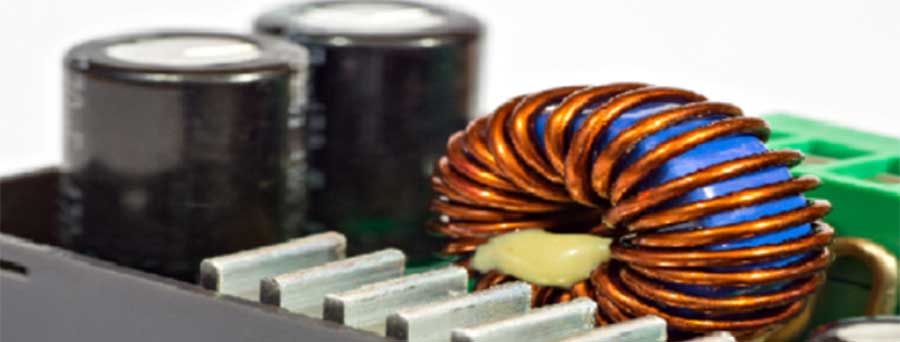Toroidal transformers are an essential part of modern electronics, even though most people have never seen one and do not know what they are. Power transformers are not new, but as of late, toroidal transformers are what engineers choose most. This does not mean that toroids are without disadvantages. For instance, a toroid is not suitable for two+ phase applications. They are limited to only single-phase applications.

Traditionally, solenoid core used to be the transformer of choice, but that is no longer the case. Simply put, the shape of the core determines how the transformer is categorized. A toroid is circular (360-degrees). Solenoids have a signature thin and long shape, such as a UI or EI core. A solenoid’s coil is tightly packed and helically wound in straight directions. They look like squares or rectangles. The ideal solenoid would be infinitely long, with tightly packed coils running the entire length. The coil must be in a perpendicular plane to the central axis: the generated magnetic field resided within the solenoid coil. The magnetic field’s intensity is theoretically zero, but that is never the case because a solenoid is not infinite. It is important to remember that a magnetic field’s lines are constantly forming closed loops.
On the other hand, a toroid (toroidal transformer) is a complete circle with a hole in the middle (doughnut, bagel, etc.). This shape solves the problem experienced by finite solenoids: a perfectly contained magnetic field resulting from a toroid’s shape. When comparing how each contains magnetic flux, a toroid always comes out as the clear winner. Custom coil winding is an essential part of creating that perfect magnetic harmony.
It would help if you did not hesitate to contact our team for more information on toroids and custom coil winding.

